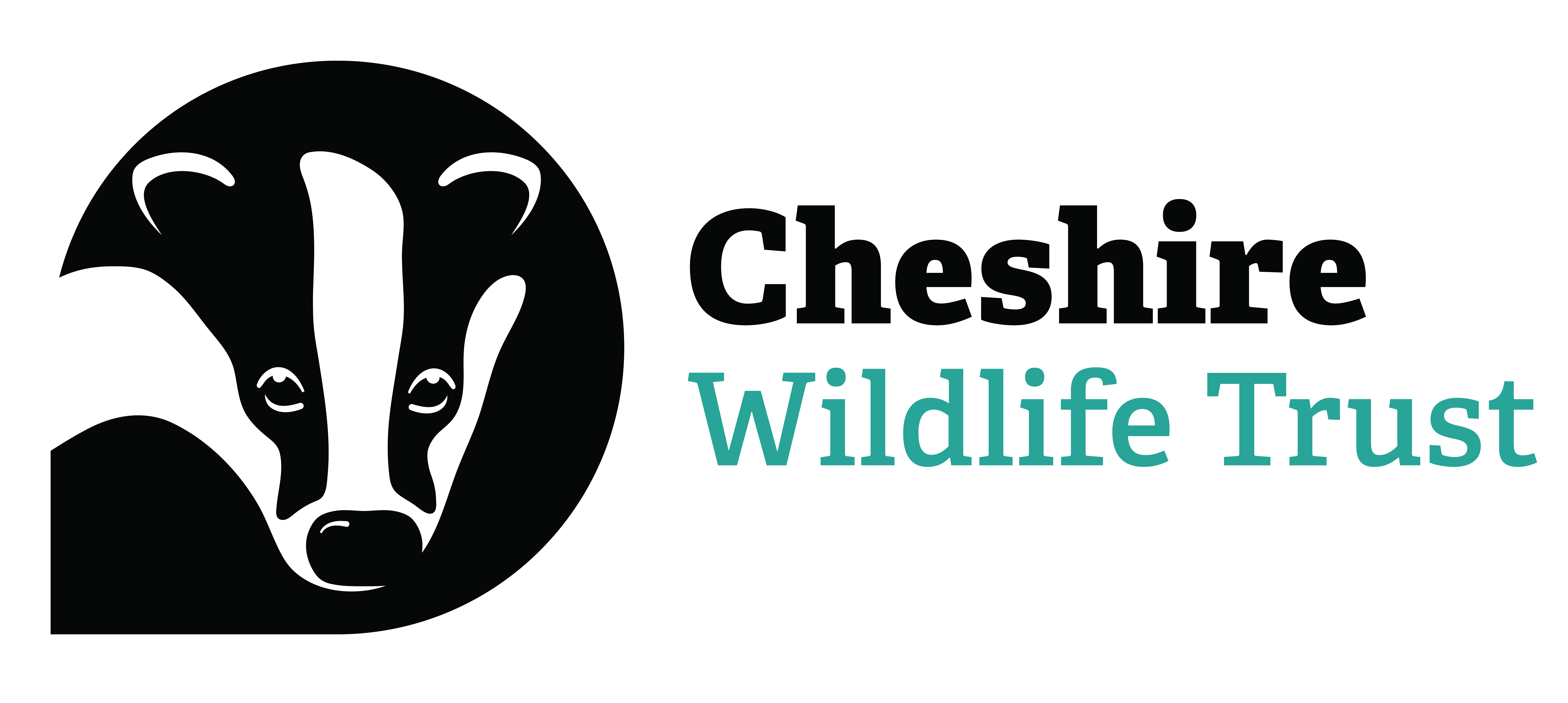Search
Search
Meres and Mosses
Six months as a Nature Recovery Trainee at Cheshire Wildlife Trust
Trainee in action: my role in reviving Cheshire’s habitats
A day in the life of a Nature Recovery Trainee at Cheshire Wildlife Trust
Meet Emily, a Nature Recovery Trainee at Cheshire Wildlife Trust who is dedicated to restoring Cheshire’s natural beauty.
Sphagnum moss
Sphagnum mosses carpet the ground with colour on our marshes, heaths and moors. They play a vital role in the creation of peat bogs: by storing water in their spongy forms, they prevent the decay…
Ordinary moss
Ordinary moss is very common in gardens and woodlands. moss provides shelter for many minibeasts, so encourage it to grow in your garden by providing logs, stone piles and untidy areas.
Rare species re-introduced to Delamere Forest
A rare plant has recently been re-introduced into our Black Lake Nature Reserve at Delamere Forest after the species only remained at one remnant bog pool at Abbots Moss SSSI.
Marsh hair moss
The marsh hair moss is the largest moss in the UK. Look out for it in damp woodland and on boggy heathlands where it forms large, green and spikey 'cushions'.
Danes Moss
Danes Moss is the largest & highest lowland raised bog in Cheshire
Wildlife gets a new home in Delamere
Tarmac have begun to handover part of their Crown Farm Quarry site in Delamere to Cheshire Wildlife Trust, marked by the presenting of keys to a vehicle funded by Tarmac today.
Mussel
The common mussel is a familiar sight on shores all around the UK and is a favourite food of people, seabirds and starfish alike.
